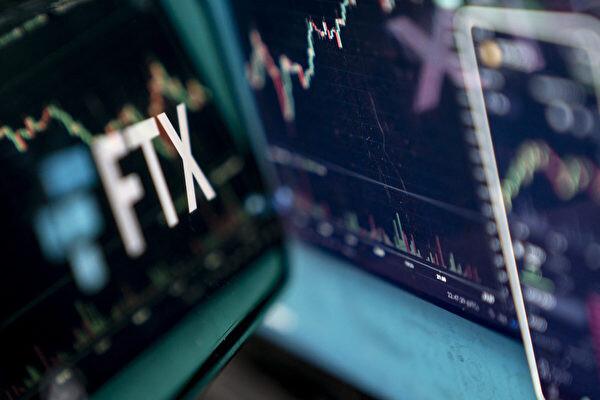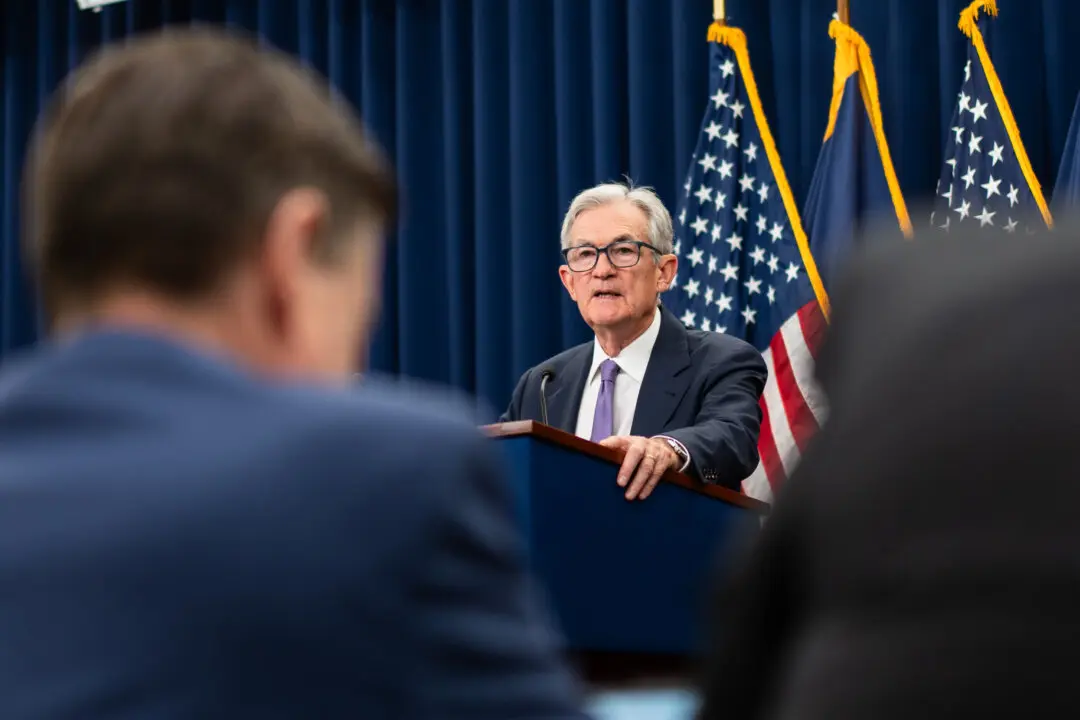FTT, the native digital token for bankrupt cryptocurrency exchange FTX, rallied as much as 35 percent on Jan. 19 after a report revealed that new CEO John J. Ray III is considering restarting the platform.
According to The Wall Street Journal, Ray has established a team to look at resuscitating FTX.com, the website that maintains non-U.S. clients. Ray and his team would determine if reviving the exchange would recover more value for the firm’s users rather than liquidating assets or selling the platform.





